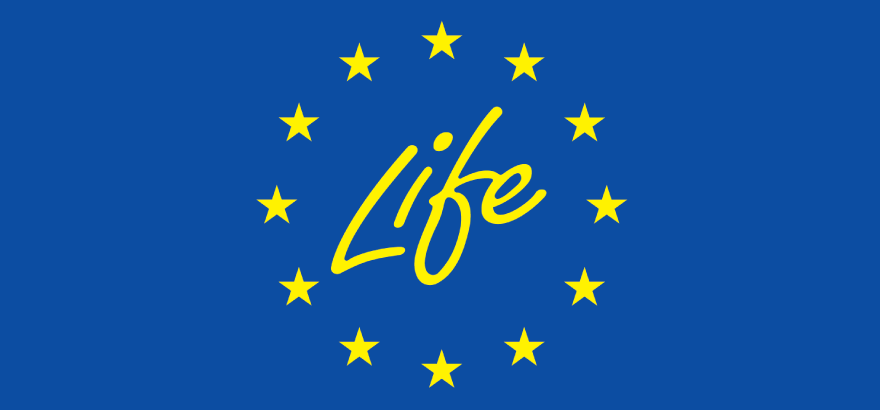The LIFE+ Programme
The general objective of LIFE+ shall be to contribute to the implementation, updating and development of Community environmental policy and legislation, including the integration of the environment into other policies, thereby contributing to sustainable development.
Projects financed by LIFE+ shall satisfy the following criteria:
(a) being of Community interest by making a significant contribution to the achievement of the general objective of LIFE+;
(b) being technically and financially coherent and feasible and providing value for money.
Where possible, projects financed by LIFE+ shall promote synergies between different priorities under the 6th EAP, and integration.
In addition, to ensure European added value and avoid financing recurring activities, projects shall satisfy at least one of the following criteria:
(a) being best-practice or demonstration projects, for the implementation of Directive 79/409/EEC or Directive 92/43/EEC;
(b) being innovative or demonstration projects, relating to Community environmental objectives, including the development or dissemination of best practice techniques, know-how or technologies;
(c) being awareness-raising campaigns and special training for agents involved in forest fire prevention;
(d) being projects for the development and implementation of Community objectives relating to the broad-based, harmonised, comprehensive and long-term monitoring of forests and environmental interactions.
Specific objectives
LIFE+ shall consist of three components: LIFE+ Nature and Biodiversity, LIFE+ Environment Policy and Governance, LIFE+ Information and Communication.
1. The specific objectives of LIFE+ Nature and Biodiversity shall be:
(a) to contribute to the implementation of Community policy and legislation on nature and biodiversity, in particular Directives 79/409/EEC and 92/43/EEC, including at local and regional level, and to support the further development and implementation of the Natura 2000 network, including coastal and marine habitats and species;
(b) to contribute to the consolidation of the knowledge base for the development, assessment, monitoring and evaluation of Community nature and biodiversity policy and legislation;
(c) to support the design and implementation of policy approaches and instruments for the monitoring and assessment of nature and biodiversity and the factors, pressures and responses that impact on them, in particular in relation to the achievement of the target of halting biodiversity loss within the Community by 2010 and the threat to nature and biodiversity posed by climate change;
(d) to provide support for better environmental governance by broadening stakeholder involvement, including that of NGOs, in consultations on, and the implementation of, nature and biodiversity policy and legislation.
2. The specific objectives of LIFE+ Environment Policy and Governance shall be, in relation to the objectives of the 6th EAP, including for the priority areas of climate change, environment and health and quality of life, and natural resources and wastes:
(a) to contribute to the development and demonstration of innovative policy approaches, technologies, methods and instruments;
(b) to contribute to consolidating the knowledge base for the development, assessment, monitoring and evaluation of environmental policy and legislation;
(c) to support the design and implementation of approaches to monitoring and assessment of the state of the environment and the factors, pressures and responses that impact on it;
(d) to facilitate the implementation of Community environmental policy, with particular emphasis on implementation at local and regional level;
(e) to provide support for better environmental governance by broadening stakeholder involvement, including that of NGOs, in policy consultation and implementation.
3. The specific objectives of LIFE+ Information and Communication shall be:
(a) to disseminate information and raise awareness on environmental issues, including forest fire prevention;
(b) to provide support for accompanying measures, such as information, communication actions and campaigns, conferences and training, including training on forest fire prevention.























